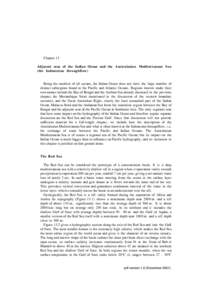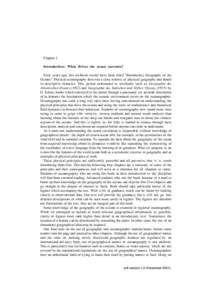51 | Add to Reading ListSource URL: gaea.es.flinders.edu.au- Date: 2006-08-17 03:26:17
|
|---|
52 | Add to Reading ListSource URL: gaea.es.flinders.edu.au- Date: 2006-08-17 03:26:06
|
|---|
53 | Add to Reading ListSource URL: gaea.es.flinders.edu.au- Date: 2006-08-17 03:26:25
|
|---|
54 | Add to Reading ListSource URL: gaea.es.flinders.edu.au- Date: 2006-08-17 03:26:28
|
|---|
55 | Add to Reading ListSource URL: gaea.es.flinders.edu.au- Date: 2006-08-17 03:26:06
|
|---|
56 | Add to Reading ListSource URL: gaea.es.flinders.edu.auLanguage: English - Date: 2006-08-17 03:26:26
|
|---|
57 | Add to Reading ListSource URL: gaea.es.flinders.edu.auLanguage: English - Date: 2006-08-17 03:26:22
|
|---|
58 | Add to Reading ListSource URL: gaea.es.flinders.edu.auLanguage: English - Date: 2006-08-17 03:26:16
|
|---|
59 | Add to Reading ListSource URL: gaea.es.flinders.edu.auLanguage: English - Date: 2006-08-17 03:26:18
|
|---|
60 | Add to Reading ListSource URL: gaea.es.flinders.edu.auLanguage: English - Date: 2006-08-17 03:26:24
|
|---|